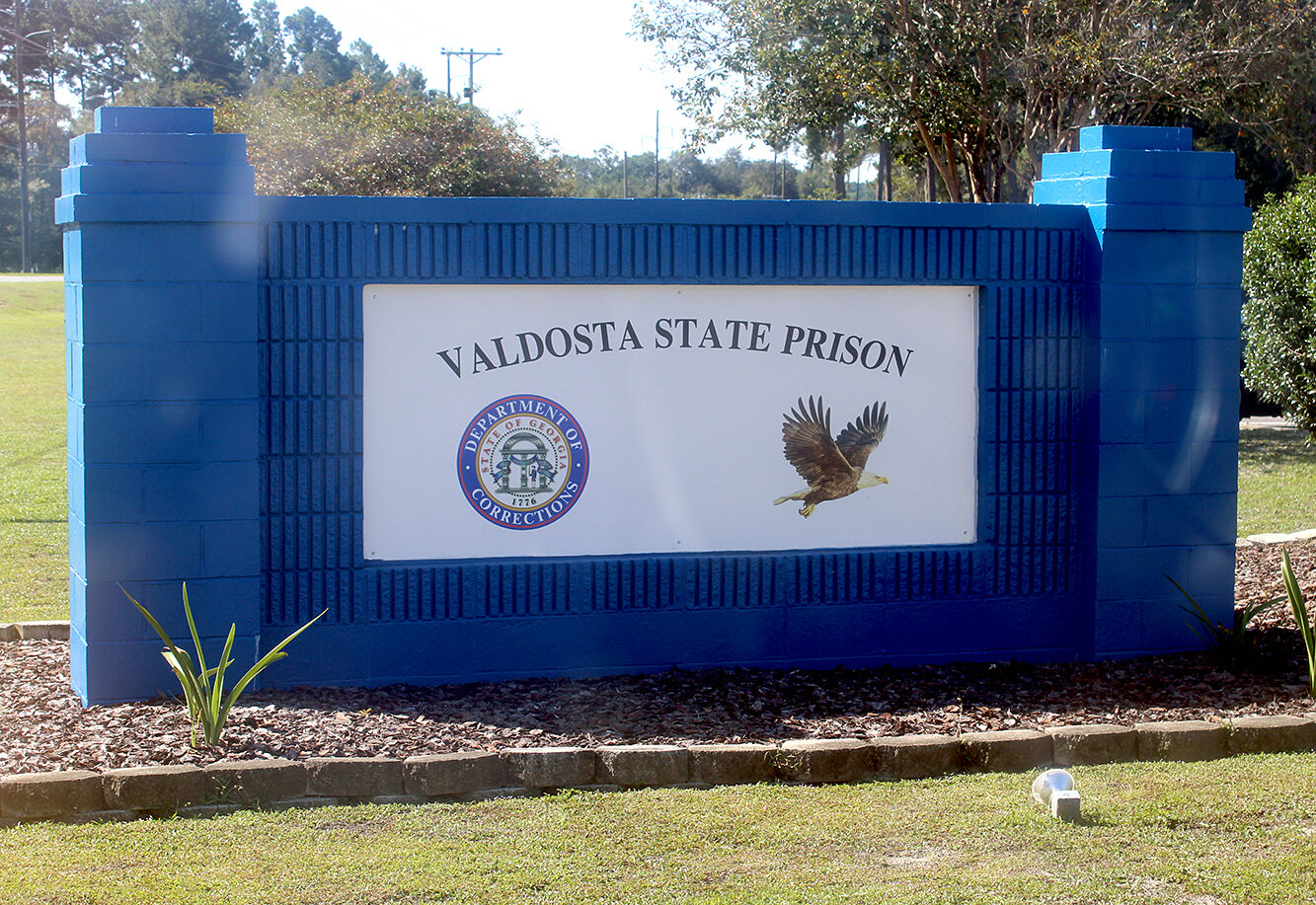RAF shows helicopter's capabilities to Moody
Published 2:44 am Tuesday, December 6, 2005
VALDOSTA — A team competing to provide a new Marine One helicopter fleet for the president of the United States visited Moody Air Force Base this week.
The US101 Team, comprised of Lockheed Martin, Agusta Westland and Bell Helicopter Textron, brought along two Merlin MK3 EH101 helicopters used by the British Royal Air Force.
The team is developing an American variation of the Agusta Westland EH101 multimission helicopter for the U.S. market. Members are also looking at providing an opportunity to use the helicopter for combat search and rescue for the U.S. Air Force. The team offers expertise and experience in rotary aircraft.
The main reason the two helicopters are here in the United States is to take part in an evaluation for Marine One requirements, said Wing Commander David Watts, United Kingdom Ministry of Defense.
They are also using the opportunity to visit the CSAR communities in Florida and Georgia. “It also provides the squadron an opportunity for some continuation training flying overseas in different environments,” Watts said. “We’re not here to sell the airplane. We’re here to show off the aircraft — the RAF capability.”
The EH101 was a joint Anglo-Italian development project by the UK and Italian governments in the 1980s. A contract was signed to develop a multirole military aircraft that could also be used in a civil role if industry wants to market it, Watts said. Nine preproduction aircraft were developed in various configurations and flew about 10,000 hours of development flying before they entered production.
The first production aircraft began in 1992. The aircraft flew in different weather conditions to gauge any problems. The aircraft entered military service with the Royal Navy in 1998. Since that time, the EH101 aircraft community has flown over 45,000 hours in four different countries that include the UK, Italy, Canada and Japan. Canada has been using it for search and rescue operations and had many successful missions. Denmark and Portugal have also procured it, Watts said.
The Navy version called the MK1 was originally developed for antisubmarine warfare, but has a multirole maritime patrol aircraft. It has been used during in Iraqi Freedom and “performed exceptionally well,” Watts said.
The MK3 used by the RAF has less avionics than the MK1 and is being used extensively in the Balkans, Watts said. The EH101 has three engines and the Italians were the first country to routinely shut off one engine during flight to gain extra endurance which demonstrates the performance of the three engines, Watts said. The countries using the EH101 meet regularly and swap information and problems in developing the aircraft, Watts said.
From the beginning, the aircraft was designed to be day/night and all-weather capable, he said.
“And last, but no means least, the aircraft was designed to be reliable and maintainable, and it was designed using U.S. military standards for maintainability and reliability,” Watts said.
Wing Commander Dave Stubbs commanding officer 28 (AC) Army Cooperation Squadron has been in the EH101 program for more than four years and introduced the aircraft into operational service. He has been with the RAF for 23 years and flying helicopters 21 years, nine with special operations. Stubbs has flown the EH101 in the Balkans and worked with coalition forces there.
The EH101 was tested in extreme cold weather conditions in Norway for five weeks. The Royal Air Force has always believed that if you can land and operate in the Arctic, you can fly anywhere in the world. The weather in the Balkans also proved to be a key factor for the EH101. The aircraft proved it can operate in hot and cold conditions, he said. The Balkans also proved the EH101 could operate in combined operations and in multi-national environment, Stubbs added.
The rotor blades have an advanced technology called British Experimental Rotor Program. This same type blade holds the world helicopter air speed record.
“They are very highly specialized blades, and they are the most technically advanced in the world,” he said. “This aircraft continues to exceed our expectations.”
The Air Force reaction to the helicopter at Patrick AFB, Fla., and Moody was very positive, Stubbs said. “They liked its speed, agility, its smoothness, and its size.”
The team departs today for Hurlburt Field, Fla., to brief Lt. Gen. Paul Hester, commander, Air Force Special Operations Command, on the helicopter’s capabilities, said Michael Malone, director Air Force Programs, Agusta Westland Inc.
To contact reporter Rip Prine, please call 244-3400, ext. 237.





